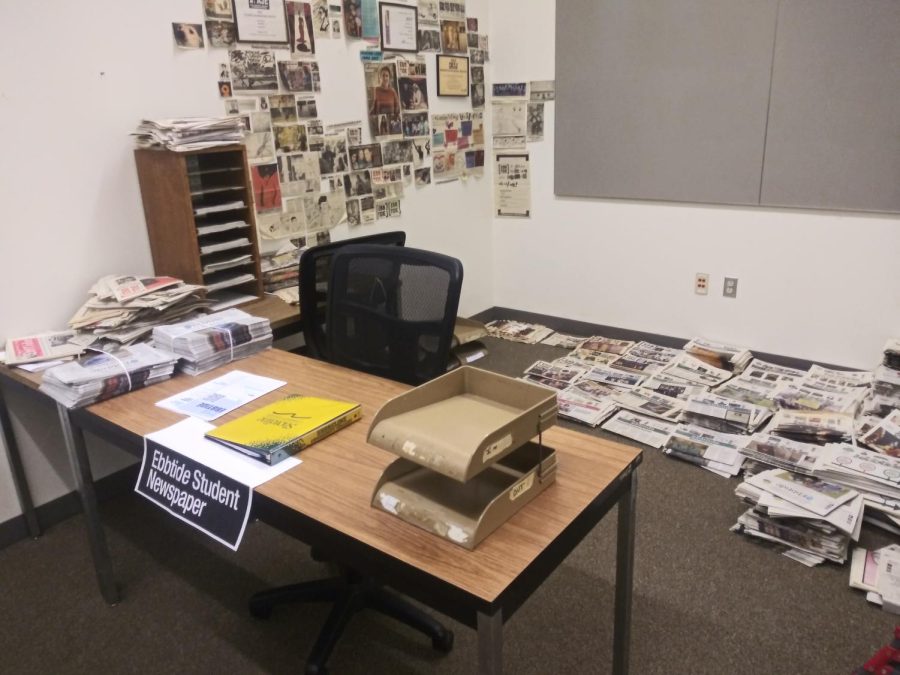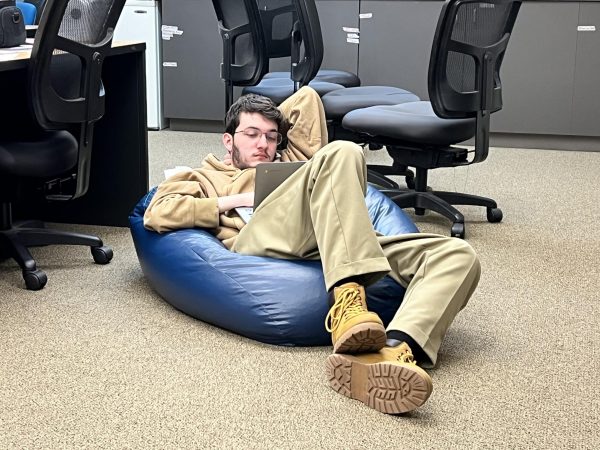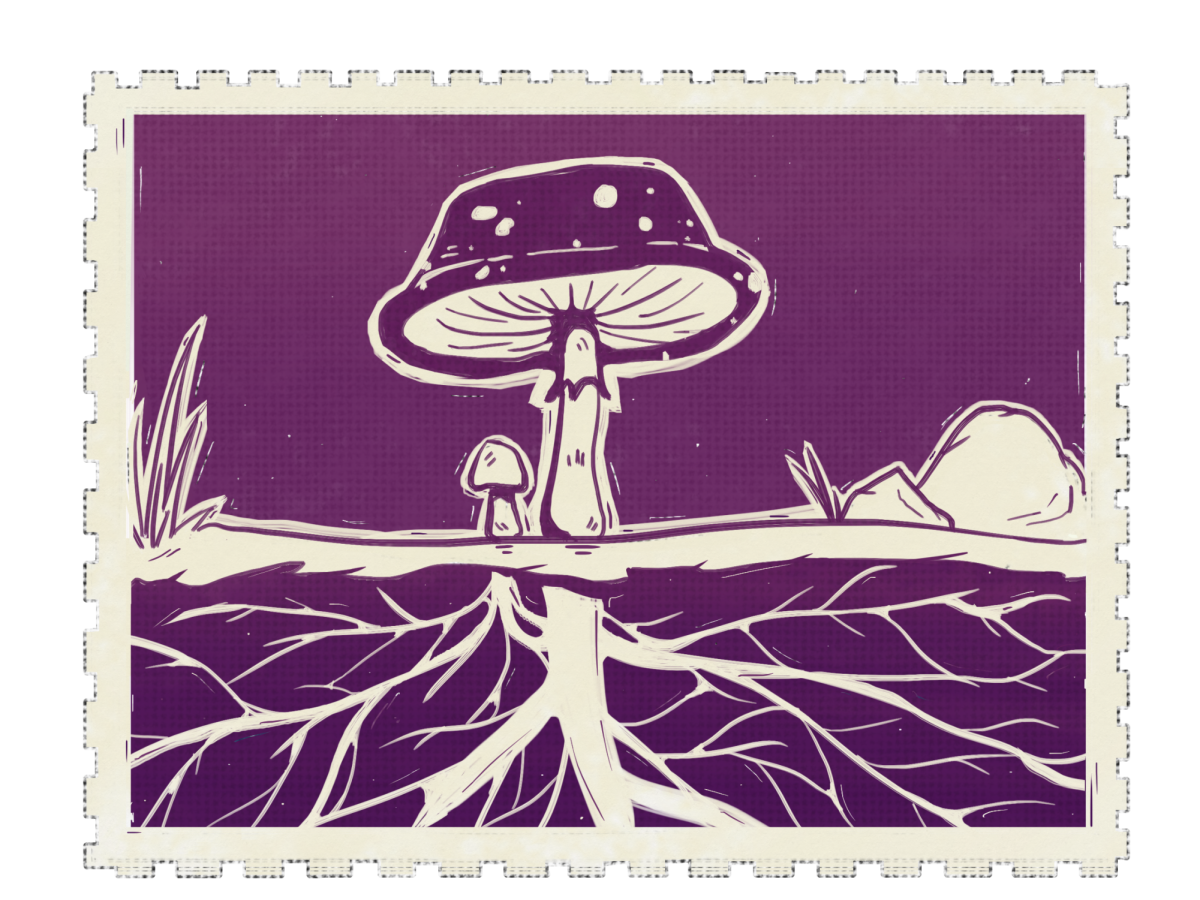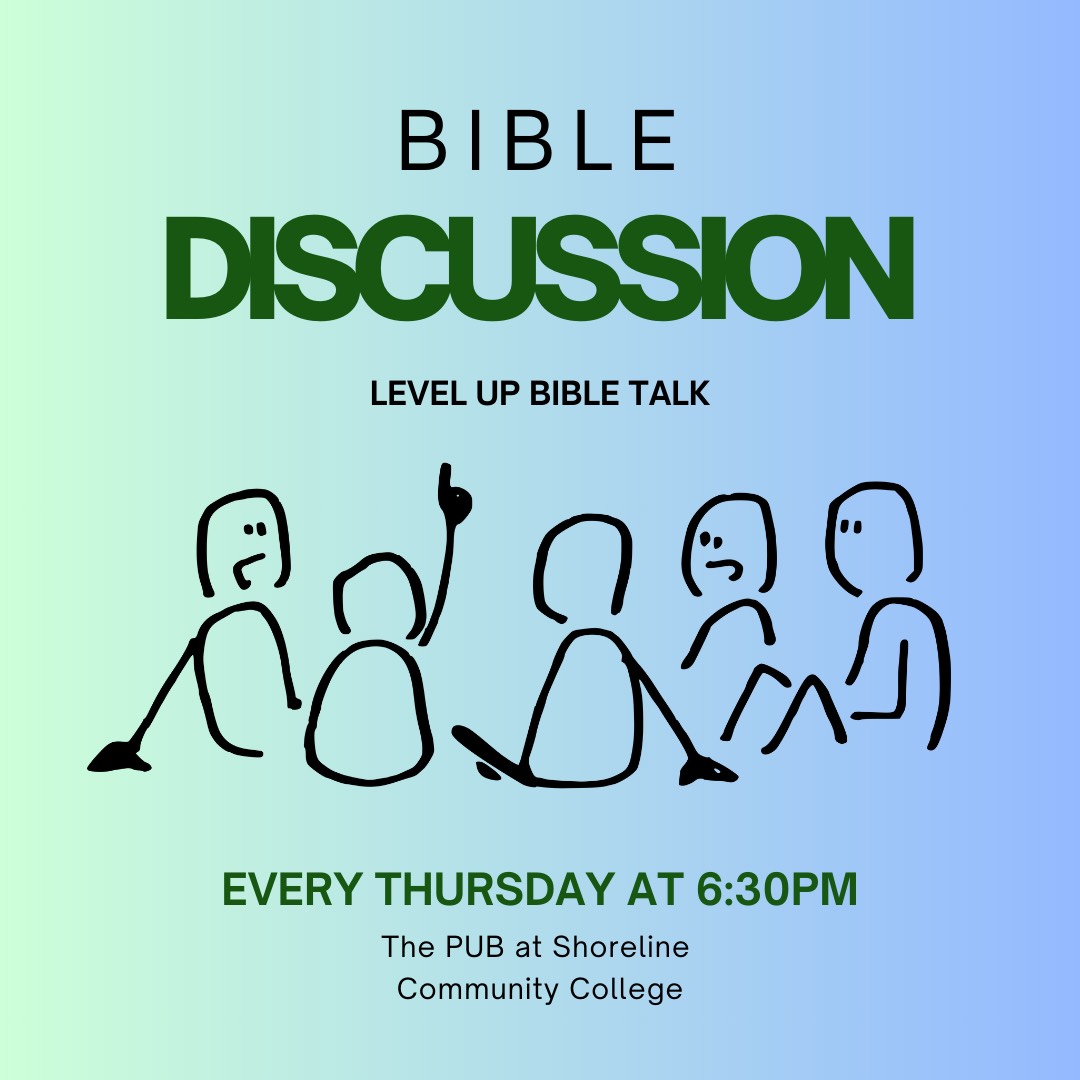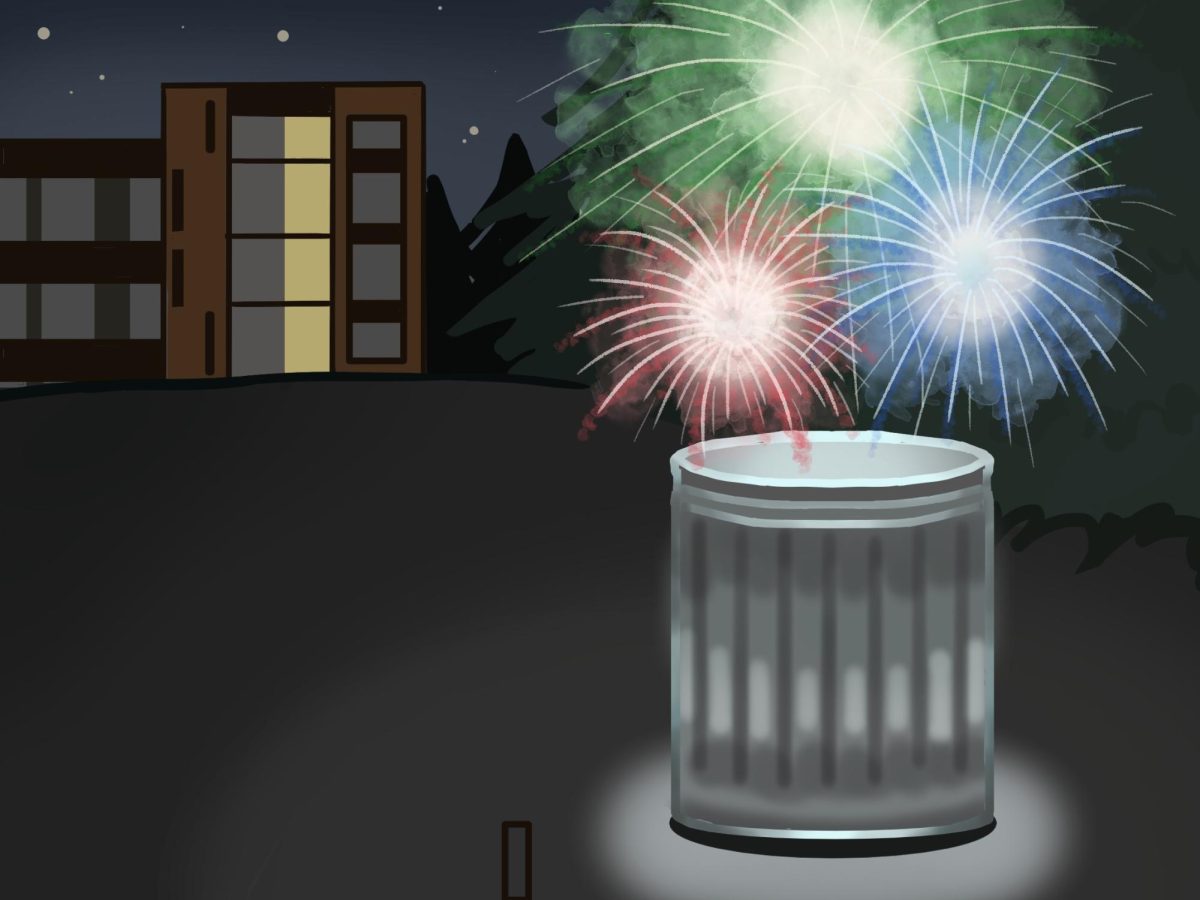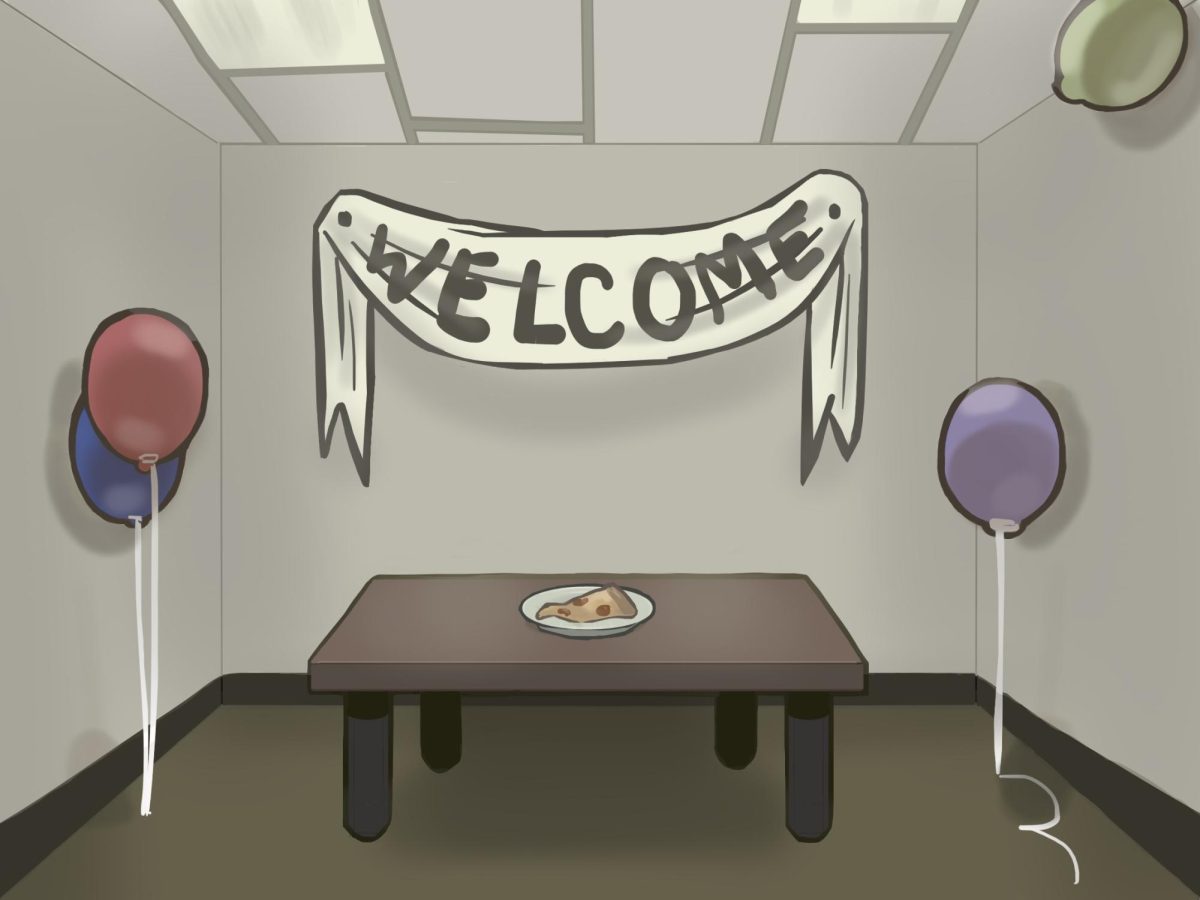Behind the Scenes of The Ebbtide
Exploring the inner workings of a newsroom
February 3, 2023
Have you ever wondered how a news story is made? This article will reveal the secrets of the newsroom.
The first part of any good article is an idea. “How you find a story is limited only by the imagination of the journalist,” says The Ebbtide’s adviser, Jim Davis. After the journalist gets the idea, the Editor-in-Chief reviews it and then approves it. In fact, a lot of newsrooms are described as factory-like.
The next step in the process of writing a news article is identifying the sources. “[As a reporter] you say, okay, well, who’s an expert on this? So you might Google it, you might pop your head up and ask around to other reporters, who’ve had more experience,” says Davis.
When it comes to how many sources an article should have, there are typically three to five sources. If you use one or two sources you might not get the full picture, however, if you use over five sources then your story could have too much information and be hard to read. The amount of sources is like the porridge in Goldilocks and the Three Bears, two sources are too cold, ten sources are too hot and three to five sources are just right for the reader.
After you figure out who you are going to interview, the next step is to create all the questions you want to ask them. Once the questions are generated the writer can set up and conduct the interviews with their sources.
In most cases, reporters will only get one chance to interview their sources. Reporters need to make sure they are able to get all the information they need so they don’t have to go back and interview them a second time.
In an interview with Jasmine Contreras-Lewis, the former Editor-in-Chief of The Ebbtide, she said this when asked about how she conducts her interviews. “…So if I were to interview someone, I would ask them, what’s going on, what are you guys doing? It’s kind of just, sizing up the situation, but if I were doing an interview for something else where I was trying to get to know the person specifically, I would probably go into actually talking to the person and building a relationship with them.”
When gathering information and doing interviews it is important to try and keep your journalistic integrity. Contreras-Lewis said, “journalistic integrity to me is a strict adherence to the facts. Verifying those facts and presenting them as they are. Regardless of how I may feel about a subject, my job is to get facts to people. Even if I don’t like those facts or they don’t present the narrative I want.”
After the reporter has gotten all the interviews transcribed, it’s time for the staff to write their story. First, they start with the structure of the article. It is helpful to sift through the transcription to find the structure, editors often list important information in note form.
An important step of the process for writers is citing their sources. Citing is different compared to other forms of writing like essays and other informational papers. Instead of using MLA, journalists use the Associated Press (AP) style guide. In the AP style, writers cite their sources by stating a name and putting their statements in quotes.
After the article is written, it then goes to the various editors to edit the story.
First, the story then goes to the Editor-in-Chief. Their main goal is to see the bigger picture of the article. When they make edits, it is to look for things that need more elaboration and that are not explained clearly. On top of that, it falls to them to evaluate the story’s structure.
Once the Editor-in-Chief makes their changes it goes to the Copy Editor, whose job is to fix all the spelling mistakes and other grammatical errors. In most newsrooms, the Copy Editor comes up with the headline of the article.
At the Ebbtide, when the Copy Editor is finished, the story goes back to the Editor-in-Chief. The Editor-in-Chief then publishes the article online with other articles that make up that set edition. Due to a lack of financial expenses, The Ebbtide as of the writing of this piece is limited to one print edition per quarter.
If anything mentioned in this article interests you then perhaps you might be interested in writing for The Ebbtide. We meet every Monday from 2:30-4:20 p.m. in Room 9101 of the PUB building.


